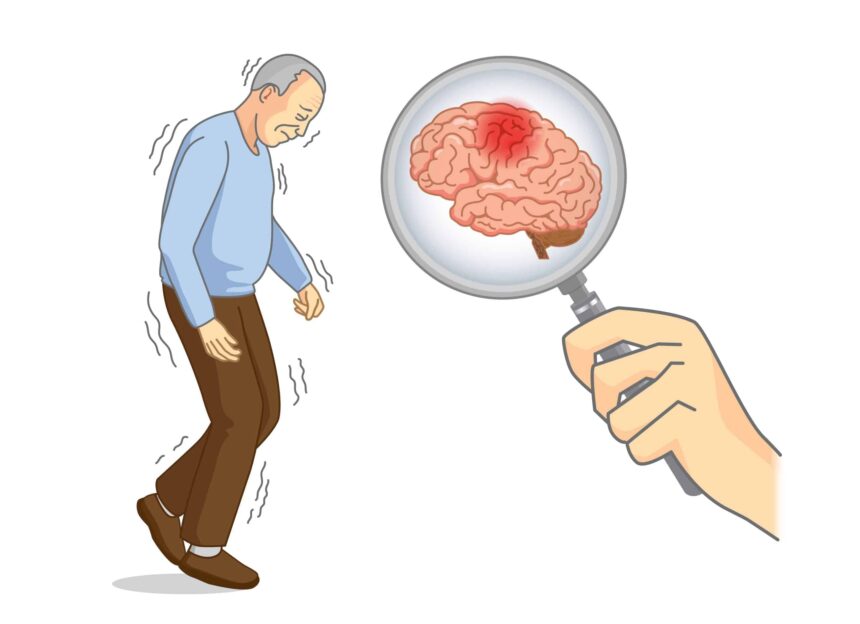Parkinson’s disease is a progressive neurological disorder. It affects movement and can significantly impact a person’s quality of life. While there is no cure for Parkinson’s, various treatments can help manage symptoms and improve daily functioning. Are you wondering how to support a loved one with Parkinson’s? Here are five treatments that can make a difference.
Light Therapy Using A Photobiomodulation Device
Light therapy, explicitly using photobiomodulation devices, has shown promise in managing Parkinson’s symptoms. This treatment involves using red or near-infrared light to stimulate cellular function and reduce inflammation. Photobiomodulation can be administered through devices applied to the scalp, allowing light to penetrate the brain.
Research suggests that this therapy may help improve motor function and reduce neuroinflammation. Although still an emerging treatment, light therapy offers a non-invasive option that could complement existing therapies. Patients and caregivers should consult their healthcare providers to determine if this innovative treatment suits their situation.
Medications
Medications are often the first line of treatment for Parkinson’s disease. These drugs can help manage symptoms by increasing dopamine levels in the brain or mimicking its effects. Common medications include Levodopa, which converts to dopamine in the brain, and dopamine agonists, which mimic dopamine’s effects.
Medications can be highly effective. However, it’s important to note that they may need adjustments as the disease progresses. Regular consultations with neurologists ensure the medication regimen is optimised for the best possible outcome.
Physical Therapy
Physical therapy plays a crucial role in managing Parkinson’s symptoms. Therapists work with patients to improve balance, strength, and flexibility. Exercises tailored to the patient’s needs can help maintain mobility and reduce the risk of falls. Physical therapy also addresses posture and gait issues, which are common in Parkinson’s patients.
How can one ensure they are getting the best physical therapy for their needs? It’s essential to find a therapist experienced with Parkinson’s disease to develop a personalized exercise plan. Regular sessions can significantly enhance a patient’s overall physical function and confidence.
Deep Brain Stimulation (DBS)
Deep Brain Stimulation (DBS) is a surgical option for patients with advanced Parkinson’s disease. It is beneficial for those who do not respond well to medications. DBS involves implanting electrodes in specific brain areas to regulate abnormal impulses. The electrodes are connected to a device implanted in the chest that sends electrical signals to the brain.
DBS can significantly reduce tremors, rigidity, and other motor symptoms, thus improving the patient’s quality of life. However, it’s a complex procedure that requires careful evaluation and follow-up. Patients undergoing DBS often report a substantial reduction in their medication needs and a marked improvement in their ability to perform daily activities.
Speech Therapy
Speech and swallowing difficulties are common in Parkinson’s patients. Speech therapy can help address these issues by improving voice volume, articulation, and swallowing function. Therapists use exercises and techniques to enhance communication and reduce the risk of aspiration pneumonia, a severe complication.
Regular speech therapy sessions can significantly improve a patient’s communication ability and allow them to enjoy meals safely. Consistent practice and family support reinforce the techniques learned during therapy sessions. This collaborative approach can dramatically improve the patient’s quality of life.
Combining Treatments for Better Outcomes
While each treatment can be effective, combining different therapies often yields the best results. For instance, physical therapy and medications can enhance mobility and reduce symptoms more effectively than either treatment alone.
Similarly, incorporating speech therapy alongside other treatments can address a broader range of symptoms. A comprehensive treatment plan tailored to the individual’s needs and regularly reviewed by healthcare professionals can optimise outcomes and improve the patient’s quality of life.
Managing Parkinson’s disease involves a multifaceted approach. This includes medications, physical and speech therapy, surgical options like DBS, and innovative treatments such as light therapy using photobiomodulation devices. Combining these treatments and maintaining a solid support system can significantly improve the quality of life for Parkinson’s patients.



